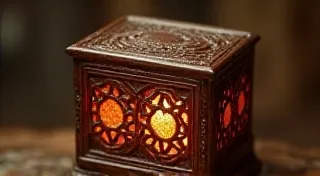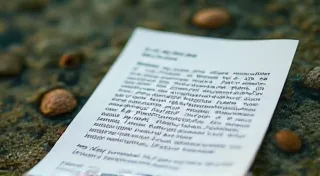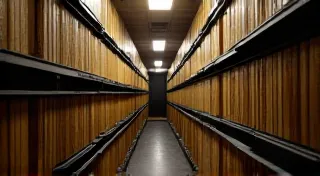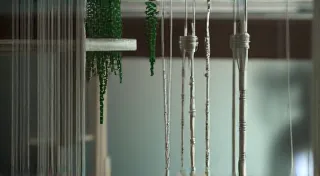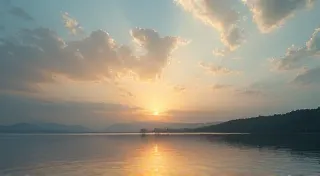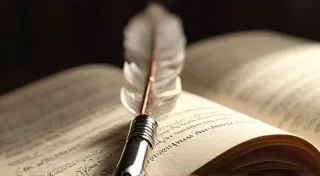Resurrecting the Past: The Alchemy of Map Reconstruction
There's a peculiar intimacy that settles when you hold an antique map. It’s more than just paper and ink; it's a portal. A whisper from a time when coastlines were mysteries, nations were defined by speculation, and exploration was a dance with the unknown. The fragility of these remnants, the evidence of centuries passed, evokes a profound sense of responsibility. As an antique map restoration specialist, my role isn’t just about fixing tears or removing stains – it’s about ensuring that these silent storytellers continue to speak to future generations.
My journey into this field wasn’t planned. I initially studied art history, captivated by the grand narratives painted on canvases. But something felt… distant. The stories felt mediated. Then, a chance encounter with a local cartographic archive sparked a different kind of fascination. Here were maps, not just representations of place, but tangible embodiments of human ambition, scientific inquiry, and the inherent human desire to understand the world. Seeing a 17th-century world map, its colors faded but its spirit undeniable, I knew I wanted to dedicate myself to preserving these artifacts.
The Weight of Time and Paper
The deterioration of antique maps is a complex process. Acidic paper, the common standard centuries ago, slowly breaks down, turning brittle and brown. Water damage, insect activity, and simply the passage of time contribute to tears, losses, and fading inks. Each map tells a unique story of neglect or preservation. Sometimes, a map surfaces practically pristine, carefully stored within a family estate. Others arrive bearing the scars of wartime, floods, or simply decades of improper storage. The detective work involved in understanding the map’s history – its provenance, its previous owners, the conditions it endured – is often as vital as the technical restoration itself.
One particularly poignant example involved a Mercator projection world map from the early 18th century. It had been used as packing material during a relocation, resulting in multiple creases, punctures, and a significant loss in the corner depicting Australia. The client, the descendant of a shipbuilder, was understandably distressed. He spoke of his ancestor’s pride in contributing to the burgeoning trade routes of the era. To me, it wasn’t just about patching a hole; it was about restoring a tangible link to his family’s legacy.
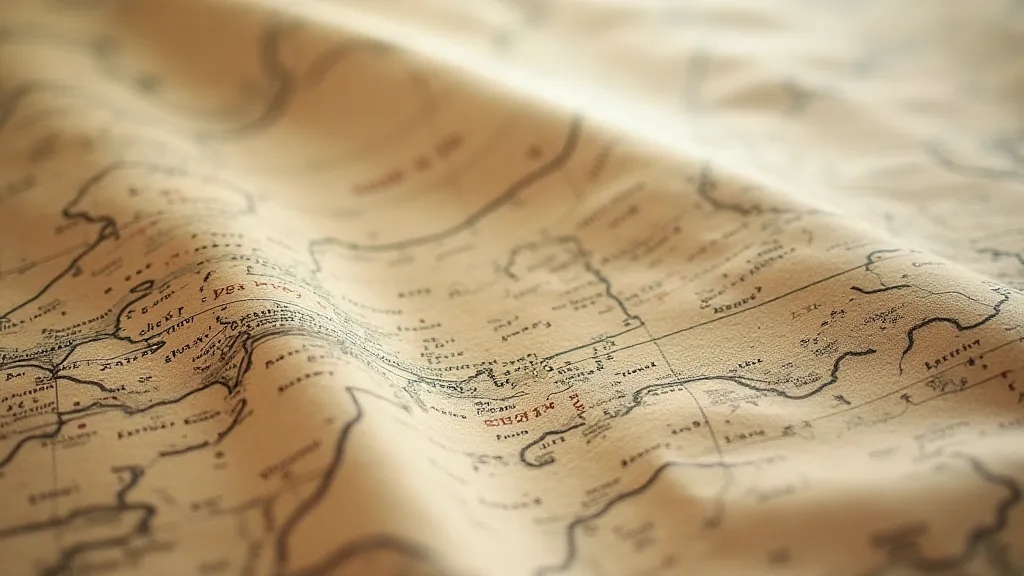
Deacidification: A Gentle Reversal
A crucial step in many map restorations is deacidification. The acidic nature of the original paper actively damages the map over time. There are several methods, ranging from alkaline baths to poultices, each carefully selected based on the map's condition and the inks used. This isn't a simple chemical reaction; it requires a delicate understanding of the materials involved. A poorly executed deacidification can irrevocably damage the map, leaching out colors or weakening the paper further. It's a process of gradual neutralization, a careful dance between chemistry and reverence.
Imagine a map held together by nothing more than the faint memory of its original strength. The deacidification process aims to restore that strength, to halt the ongoing degradation. It's a symbolic act of renewal, a way of breathing new life into a silent witness of history.
Repairing Torn Maps: The Art of Mending
Tears are perhaps the most visually arresting form of damage. Reconstructing these losses is a painstaking process that demands immense patience and a deep understanding of paper repair techniques. Japanese tissue paper, thin as a spider’s silk, is carefully applied with archival adhesives to reinforce weakened areas and mend tears. The goal isn't to make the repair invisible – that's an illusion – but to ensure the structural integrity of the map and prevent further deterioration.
Each mend is a testament to the enduring human impulse to create, to preserve, and to connect. It’s a conversation between the original artisan who drew the map and the modern restorer who seeks to safeguard its legacy. The skill lies in replicating the original paper’s characteristics – its texture, its color – as closely as possible, creating a repair that is sympathetic to the original.
Often, I find myself studying the original paper's watermark, meticulously analyzing its design and replicating it on the repair tissue. It’s a small detail, but it adds a layer of authenticity and respect to the restoration.
Folding Techniques and Archival Storage
Beyond the physical restoration, proper handling and archival storage are paramount. Antique maps were often folded and unfolded repeatedly, and the creases can become permanent reminders of their journey through time. Re-folding a map accurately requires a keen eye and an understanding of the original folding patterns. It's a form of cartographic archaeology, piecing together clues to reveal the map's intended presentation.
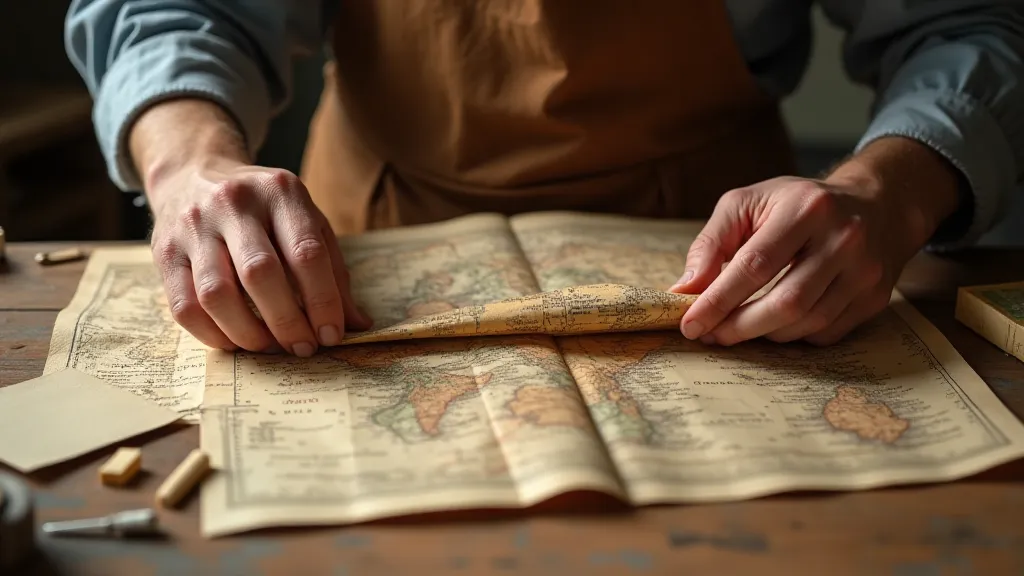
Archival storage is equally critical. Maps should be stored flat, away from direct sunlight and fluctuating temperatures, and encased in acid-free folders and boxes. The environment within the storage area must be carefully controlled to minimize the risk of further deterioration.
The Emotional Resonance of Preservation
Restoring antique maps isn't just a technical skill; it's a deeply emotional undertaking. Holding a piece of history in your hands, knowing that it has survived centuries of change and upheaval, evokes a profound sense of responsibility. It's a privilege to play a small part in ensuring that these silent storytellers continue to inspire and inform future generations.
The gratitude expressed by clients, often descendants of those who originally acquired the map, is deeply rewarding. They aren't just receiving a restored artifact; they are reconnecting with their family history, with a tangible link to the past. And that, ultimately, is the alchemy of map reconstruction – transforming fragility into resilience, silence into a continuing narrative.
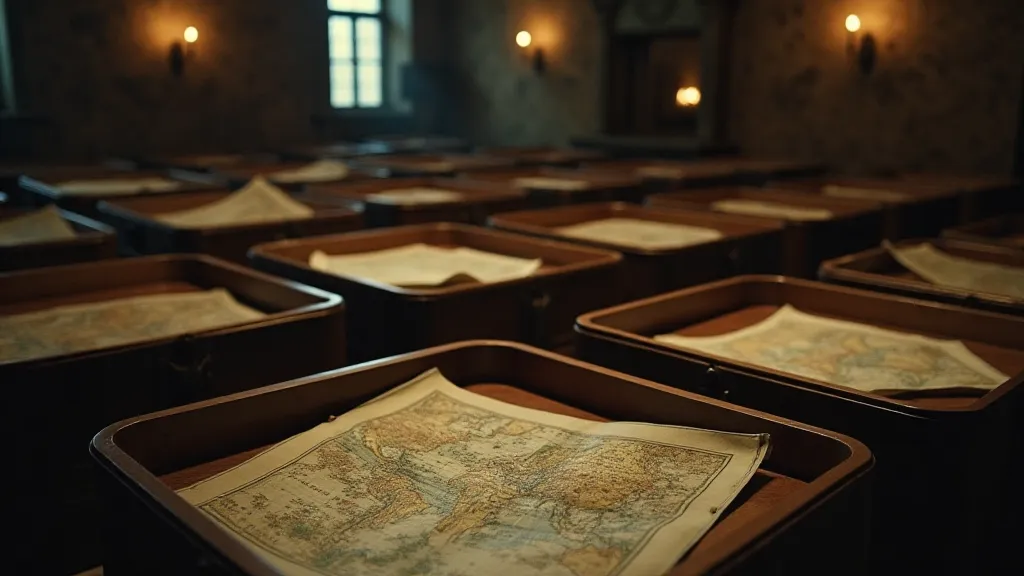
Perhaps the most valuable lesson I’m continually learning is that these maps are more than just geographical representations. They are mirrors reflecting our collective past, testaments to human ambition, and enduring symbols of our unwavering desire to explore and understand the world around us.
